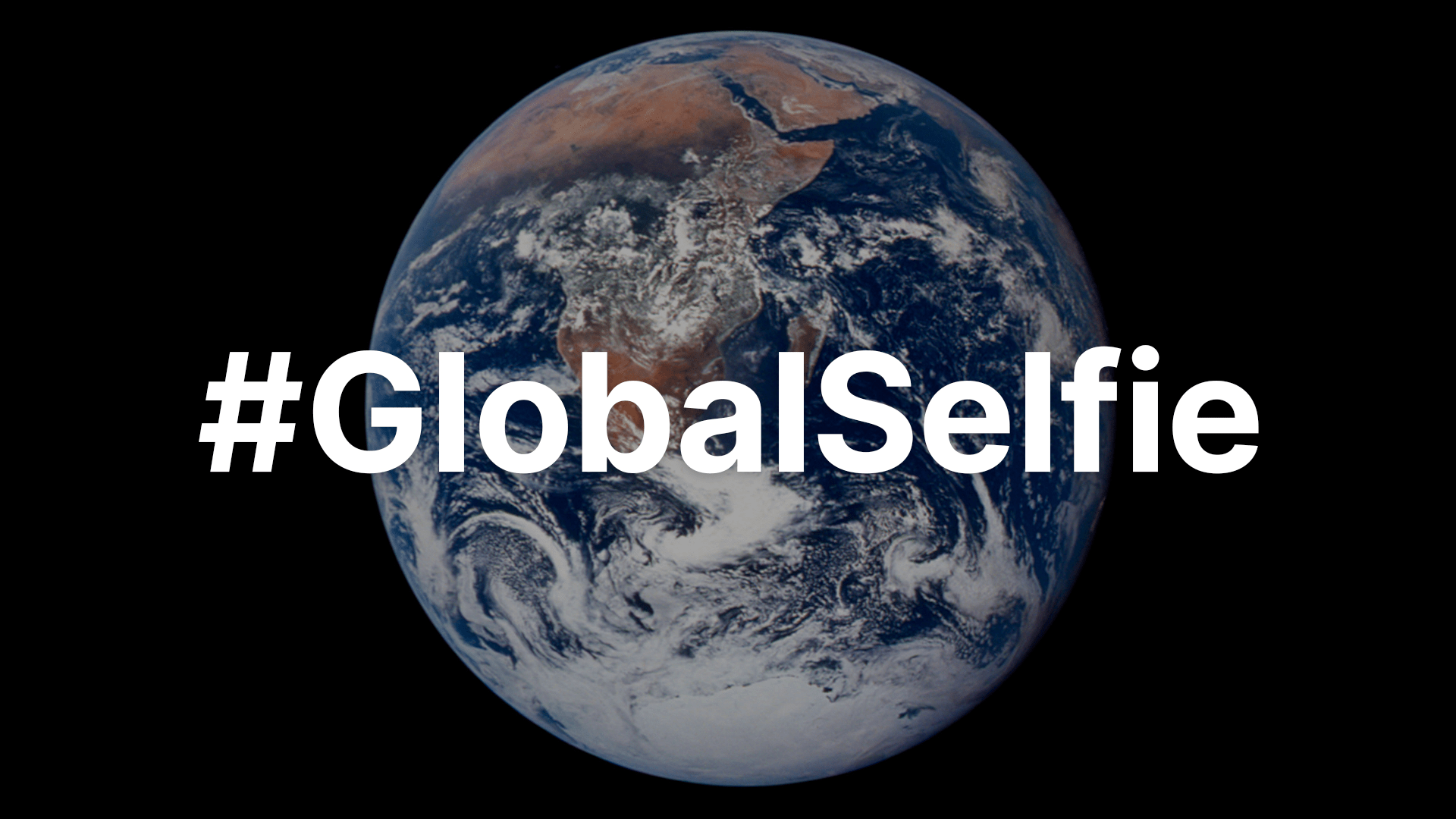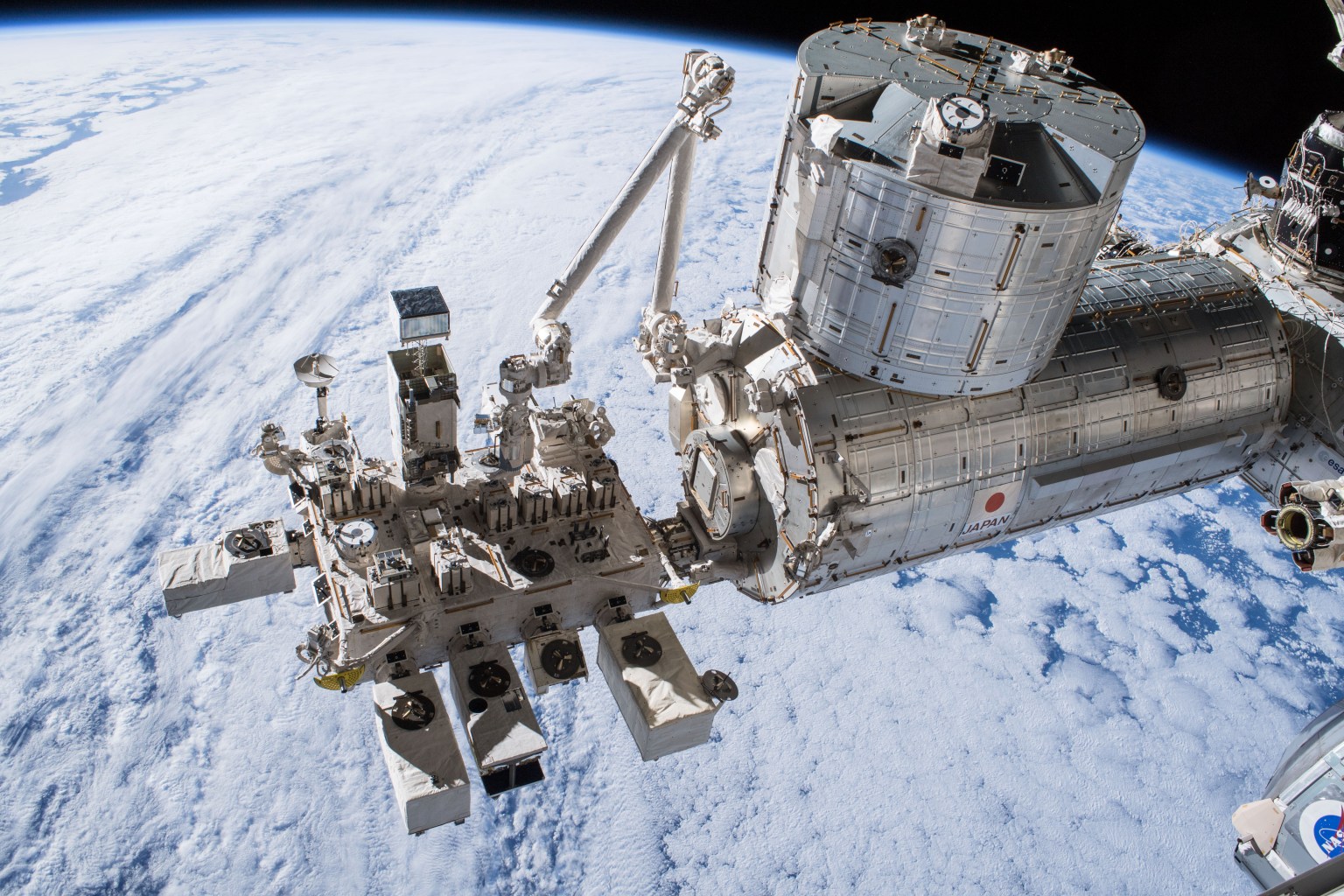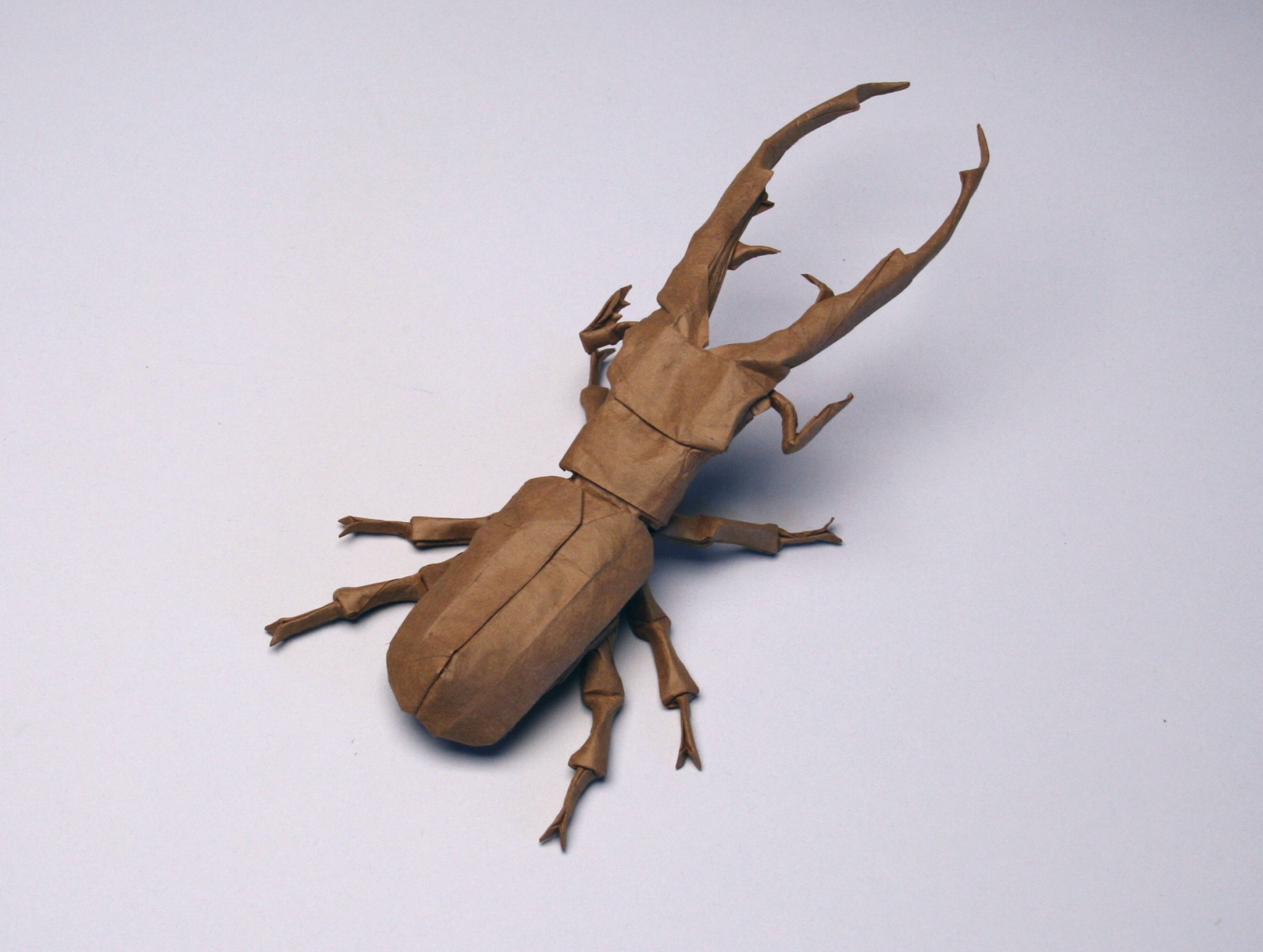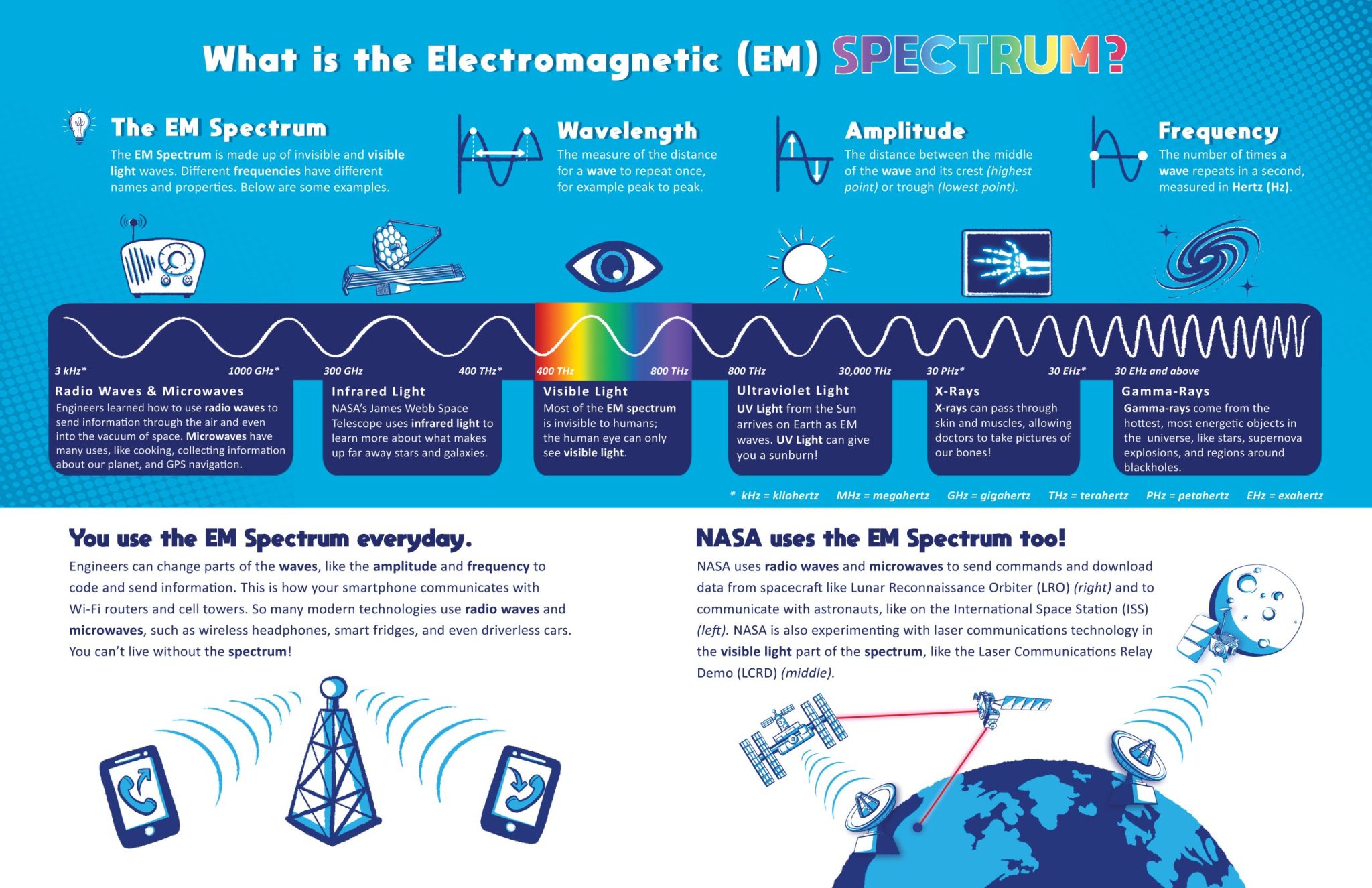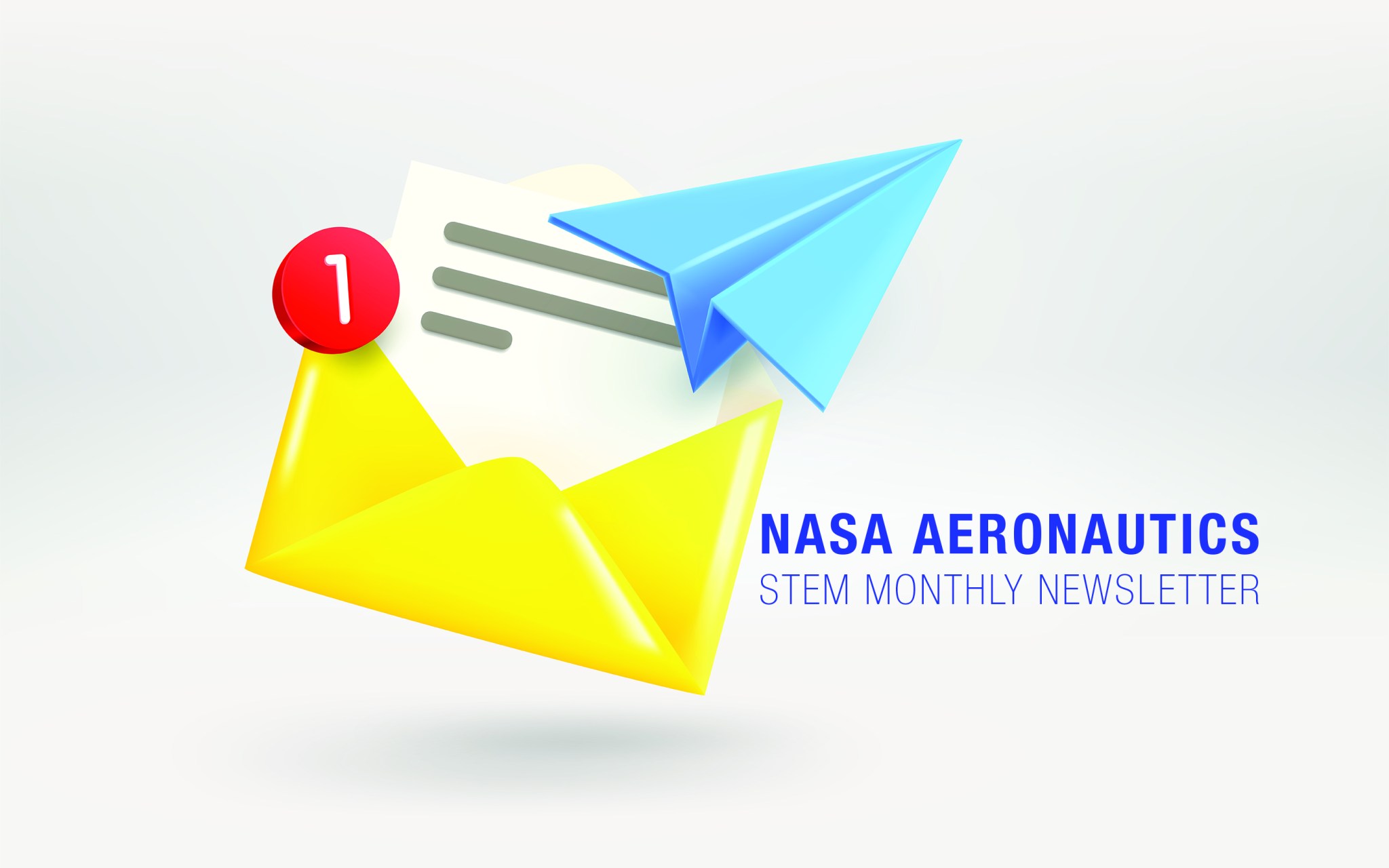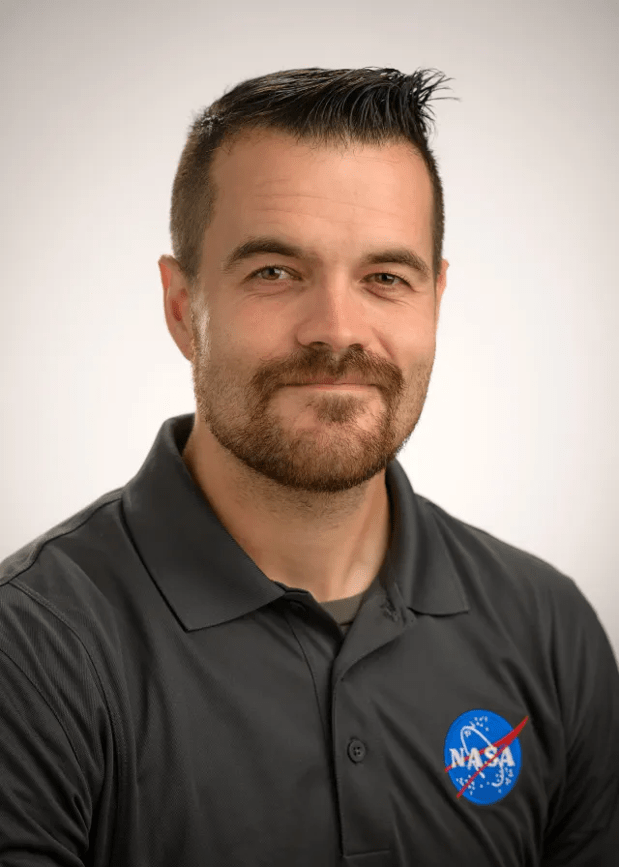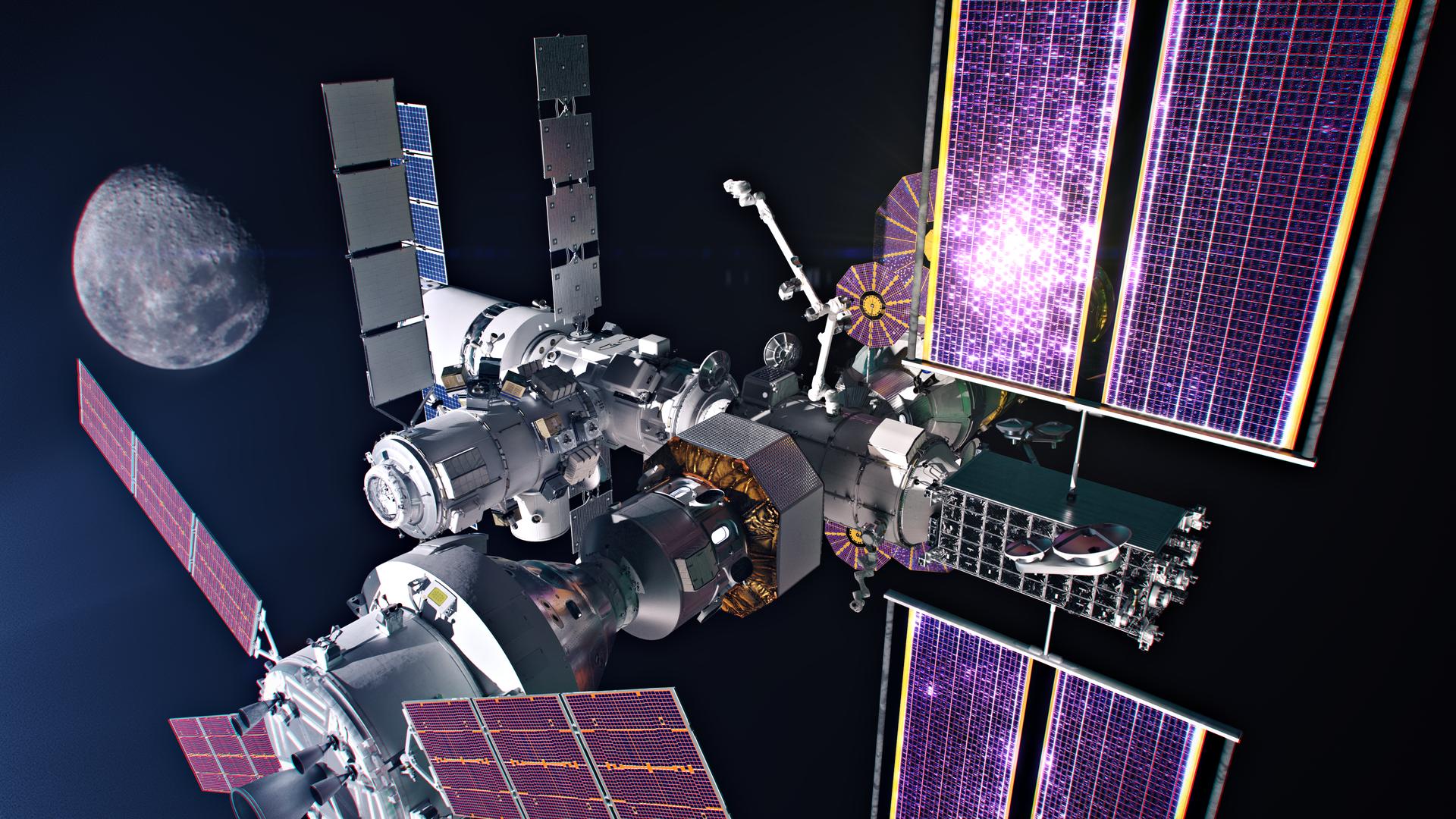A new NASA mission is testing a new way to navigate our solar system by hoisting its sail into space – not to catch the wind, but the propulsive power of sunlight. NASA’s Advanced Composite Solar Sail System is led by the agency’s Ames Research Center in California’s Silicon Valley. The microwave oven-sized CubeSat is scheduled to launch aboard a Rocket Lab Electron rocket from the company’s Launch Complex 1 on the Mahia Peninsula of New Zealand. The launch window opens at 3 p.m. PDT on Tuesday, April 23 (10 p.m. UTC). Successful deployment and operation…
Read MoreCategory: General
Anything and everything space
Join NASA in Celebrating Earth Day 2024 by Sharing a #GlobalSelfie
NASA invites you — and everyone else on the planet — to take part in a worldwide celebration of Earth Day with the agency’s #GlobalSelfie event. While NASA satellites constantly look at Earth from space, on Earth Day we’re asking you to step outside and take a picture of yourself in your corner of the world. Then post it to social media using the hashtag #GlobalSelfie. Bonus points if your #GlobalSelfie features your favorite body of water! About 71% of our Blue Marble is covered by water, and that water…
Read MoreClimate Change Research
6 Min Read Climate Change Research The Kibo laboratory module from the Japan Aerospace Exploration Agency (comprised of a pressurized module and exposed facility, a logistics module, a remote manipulator system and an inter-orbit communication system unit) pictured as the International Space Station orbits over the southern Pacific Ocean east of New Zealand. Credits: NASA Science in Space: April 2024 Everyone on Earth is touched by the effects of climate change, such as hotter temperatures, shifts in rain patterns, and sea level rise. Collecting climate data helps communities better plan…
Read MoreThe NRP Post
Current partners are encouraged to share their stories with NASA and our local communities. If partners do not have the time to prepare a story for the NRP post, the NRP team encourages partners to submit their latest press release and it can be included in the Post! Please submit your stories and high quality photos (including captions) to: theodore.r.triano@nasa.gov. NRP Post Archives 2022 Issue 1 – IN THIS ISSUE Credits: Editor, Layout & Design by Ted Triano 4 | CMU Designed Satellite Launched Into Low-Earth Orbit Brandon Lucia’s lab developed the…
Read MoreTech Today: Folding NASA Experience into an Origami Toolkit
3 min read Preparations for Next Moonwalk Simulations Underway (and Underwater) Though the art of origami is centuries old, until the late 20th century it was considered virtually impossible to make insects or other figures with many long, complex protrusions. That changed with the introduction of math-based origami design, which Lang helped pioneer. Today, he’s still drawn to the challenges presented by insects and other arthropods, and they are well-represented in the menagerie of his origami gallery. After uncovering the mathematical underpinnings of origami, Robert Lang left a 20-year engineering…
Read MoreIntroduction to Spectrum
You can’t see it. . .you can’t touch it. . .you can’t live without it. Use these downloadable activity sheets to enhance your lesson plan at school or at home. Scroll down for the downloadable files. Have fun! Spectrum Infographic Infographic featuring factoids about the electromagnetic spectrum. NASA Spectrum Crossword Puzzle Crossword puzzle featuring terms relevant to the electromagnetic spectrum. NASA Download Spectrum Infographic Jan 17, 2024 JPEG (586.88 KB) Spectrum Crossword Jan 17, 2024 JPEG (363.91 KB)
Read MoreNASA Aeronautics Monthly STEM Newsletter
1 min read Preparations for Next Moonwalk Simulations Underway (and Underwater) 2024 NASA Aeronautics Monthly STEM Newsletter: Issue 35 NASA Aeronautics Monthly STEM Newsletter: Issue 34 Aeronautics STEM Facebook logo @NASA@NASAaero@NASA_es @NASA@NASAaero@NASA_es Instagram logo @NASA@NASAaero@NASA_es Linkedin logo @NASA Explore More 31 min read Interview with Alex Borlaff Article 1 day ago 4 min read NASA VIPER Robotic Moon Rover Team Raises Its Mighty Mast Article 1 day ago 4 min read NASA Names Finalists to Help Deal with Dust in Human Lander Challenge Article 4 days ago Keep Exploring Discover…
Read MoreInterview with Alex Borlaff
OK, we generally start with your early years, your childhood, where you’re from, and a little bit about your family at the time. Where you grew up, I think it was in Spain? Do you have siblings, what did your parents do, that sort of thing. And how early was it in your life that you developed an interest in astrophysics or the career that you’re pursuing? What got you interested in that? Well, I was born in Spain. I grew up and lived in Spain until three years ago…
Read MoreNASA Names Finalists to Help Deal with Dust in Human Lander Challenge
NASA selected 12 finalist teams to compete in the next round of the Human Lander Challenge (HuLC) competition. In 2023, NASA invited undergraduate and graduate students from accredited colleges and universities in the United States to propose innovative solutions to manage the lunar dust a spacecraft stirs up when landing on the Moon. NASA’s Artemis campaign will establish a long-term human presence on and around the Moon for the benefit of all, and one of the challenges the agency and its partners must address is the particularly dusty aspect of…
Read MoreNASA’s Artemis IV: Building First Lunar Space Station
NASA and its partners are developing the foundational systems needed for long-term exploration at the Moon for the benefit of all with NASA’s Artemis campaign. Following the Artemis III mission that will land the first people near the Moon’s South Pole, astronauts on Artemis IV will live and work in humanity’s first lunar space station, Gateway, which will enable new opportunities for science and preparation for human missions to Mars. The mission will bring together an intricate choreography of multiple launches and spacecraft dockings in lunar orbit, and will feature…
Read More